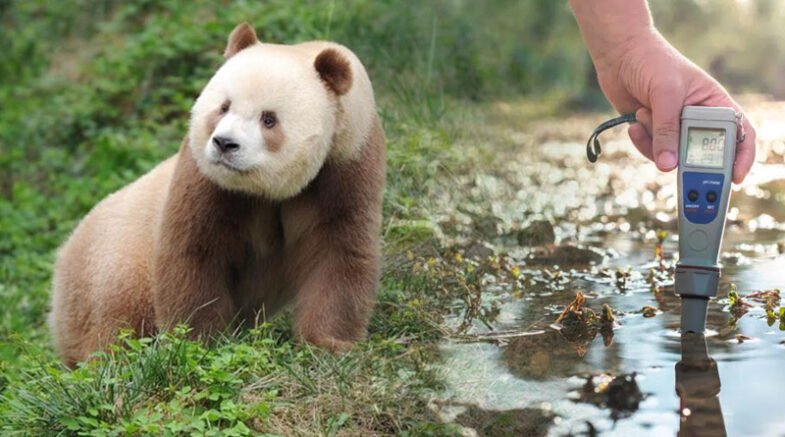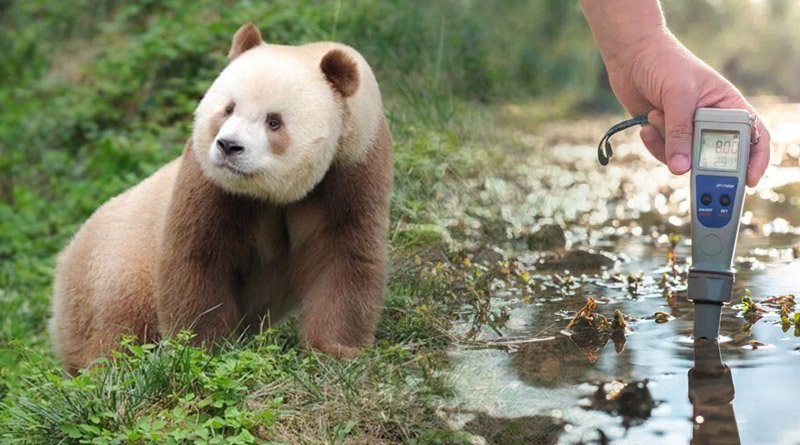The Haihe River, known as the “mother river” of Tianjin Municipality in northern China, is vital to the city’s flood control, water storage, and urban environment.

More than 200 sheep were ambling along a hillside on the bank of a section of the Yangtze River, while black-necked cranes were lazily playing in wetlands and casting arc-shaped reflections on the crystal-clear water. These were real-time feeds from a monitoring system for wildlife and water resources that was installed in the northwest Chinese region of Sanjiangyuan, which is home to the Yangtze, Yellow, and Lancang rivers’ sources.
The system, which is a crucial component of the ecological monitoring network in Sanjiangyuan, is made up of video cameras at various observation points, a private network that enables real-time video feeds, and a management and control platform.
China has actively stepped up its protection of water resources in recent years as part of its efforts to create a future that is beautiful, green, and sustainable. The most recent technological advancements have significantly increased the efficiency and effectiveness of managing water resources.
On average each year, the Yushu Tibetan Autonomous Prefecture of Qinghai Province, which oversees a portion of the Sanjiangyuan area, provides downstream regions with about 29.7 billion cubic metres of clean water.
The largest and most adrift alpine ecosystem in the world can be found there, where glaciers, snow-capped mountains, and high-altitude wetlands are crucial to the preservation of river headwaters.
According to Dorga, head of the Yushu ecology and environment bureau, the prefecture has recently invested more than 8 million yuan (roughly 1.16 million dollars) in the construction of the monitoring system. She also noted that 35 observation points have been set up throughout the prefecture.
In order to protect water sources, the monitoring system has effectively provided on-site observation and analytical tools, resolving the issues with human patrols’ slow response times, high costs, and insufficient coverage.
The Haihe River, known as the “mother river” of Tianjin Municipality in northern China, is vital to the city’s flood control, water storage, and urban environment.
Mei Pengwei positioned a white unmanned boat on the Haihe River, about a metre in length, and started to track the sonar images the boat sent back as it moved towards the river’s centre on a laptop.
The Tianjin Eco-Environmental Monitoring Center is where Mei works. Mei and his coworkers have been routinely keeping an eye on the health of the Haihe River and its tributaries since 2019.
Twelve rivers in Tianjin, including the main stream of the Haihe River, had water quality ratings below Class V in 2017, which means they were too polluted for any use, including irrigation.
The local government launched a campaign against water pollution in recent years using cutting-edge tools like remote-sensing satellites, unmanned ships with sonar, and unmanned aerial vehicles (UAVs).
“It is very difficult for our monitors to get into the river because some parts of the river are hundreds of metres wide with marshes and grass on the banks,” said Gao Kai, senior engineer at the monitoring centre.
Gao claims that while unmanned ships can use sonar to find underwater sewage pipes, UAVs can provide real-time photos or videos of the river conditions and locate pollution on the river surface.
Monitoring specialists use satellite remote sensing to learn about nearby businesses, neighbourhoods, and business districts after a suspected case of pollution is discovered before going on site visits to identify the source of the pollution.
The use of technology has allowed for the investigation of the sources of pollution as well as more precise and efficient monitoring of aquatic biology and water quality, according to Mei. Twelve rivers in Tianjin now have water quality that is significantly better and is generally classified as class IV, which is suitable for agricultural and some industrial uses.
Environmental regulators and the public now have a potent and practical tool to combat environmental violations thanks to the development of mobile technology. Local authorities in Xiangtan City, Hunan Province, have promoted a new and contemporary monitoring system for water resources management that heavily utilises mobile technology.
They have taken the initiative in the province to create an electronic map of the city’s water system as well as the “Smart Water Management” mobile application, which makes it simple to monitor the condition of the river with just a few taps.
The 8.8 km of the Xiangjiang River that passes through Xiangtan is under the command of river chief Zhang Chaoqun. Since 2017, he has been keeping watch over this area every day.
Zhang always takes a photo on the spot and uploads the pertinent data using the mobile app whenever he notices an issue, like river pollution or illegal fishing.
He always gets feedback on the app following an investigation and fix by the relevant government agencies. “The app is incredibly useful. Typically, violations are corrected in five working days “Zhang stated that it made it easier for river chiefs like him to perform their duties.
